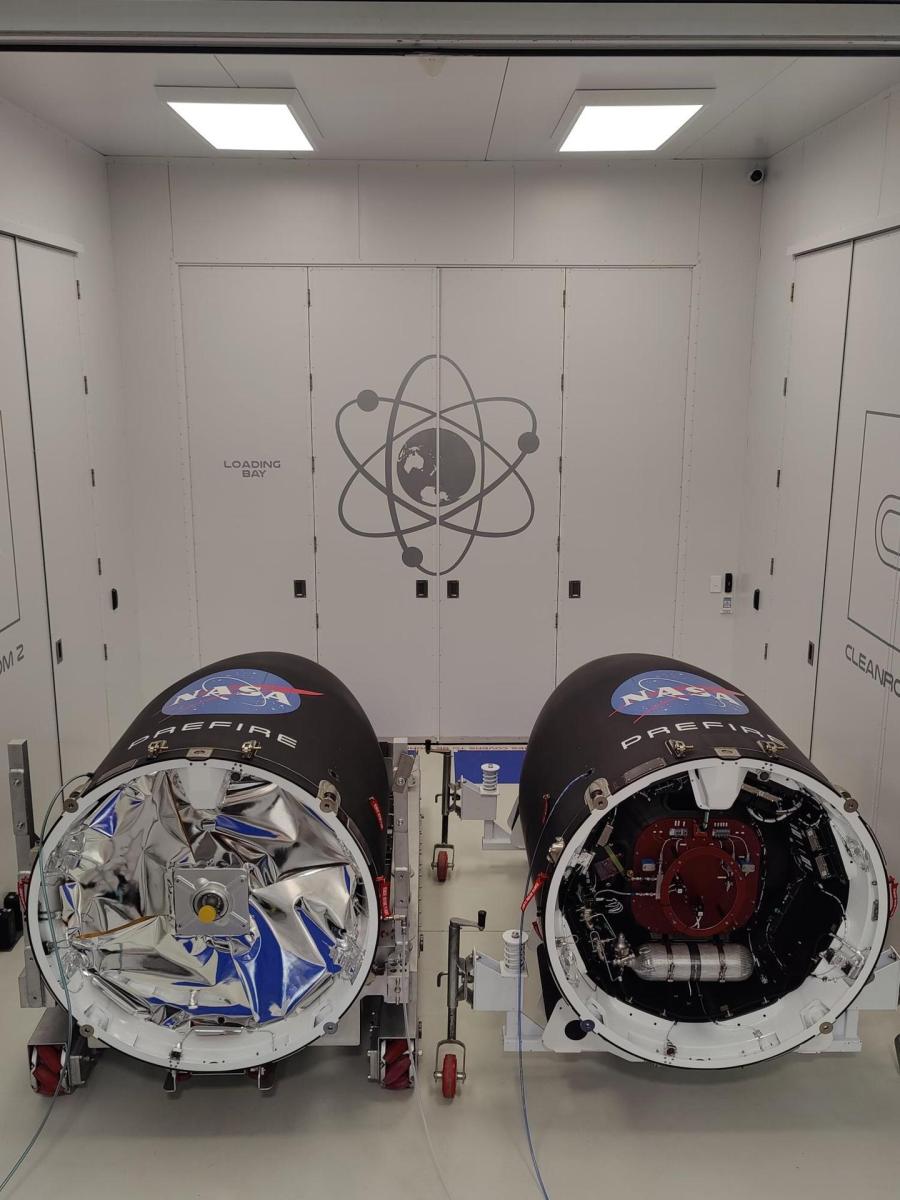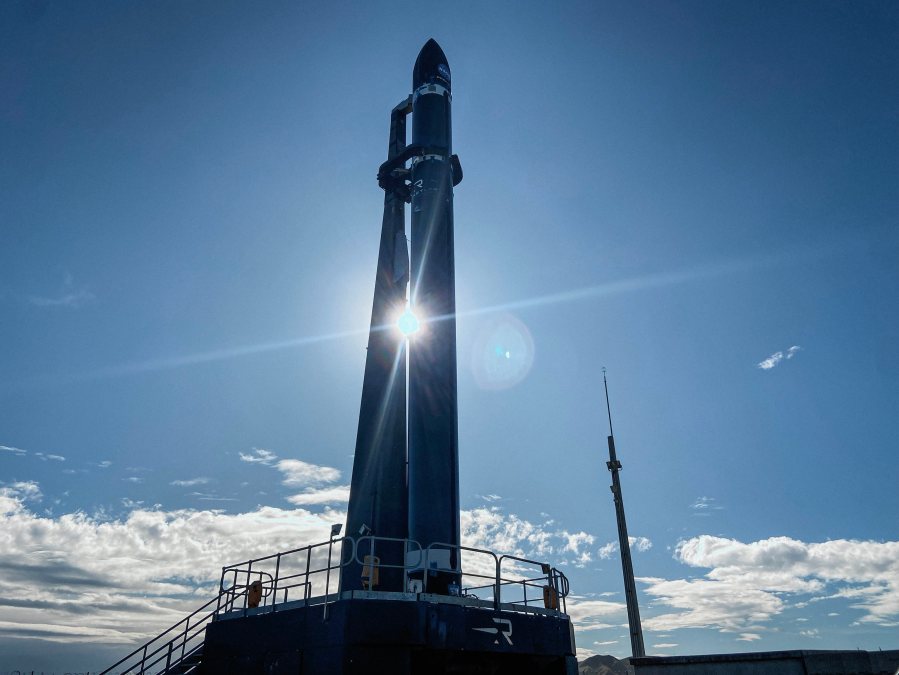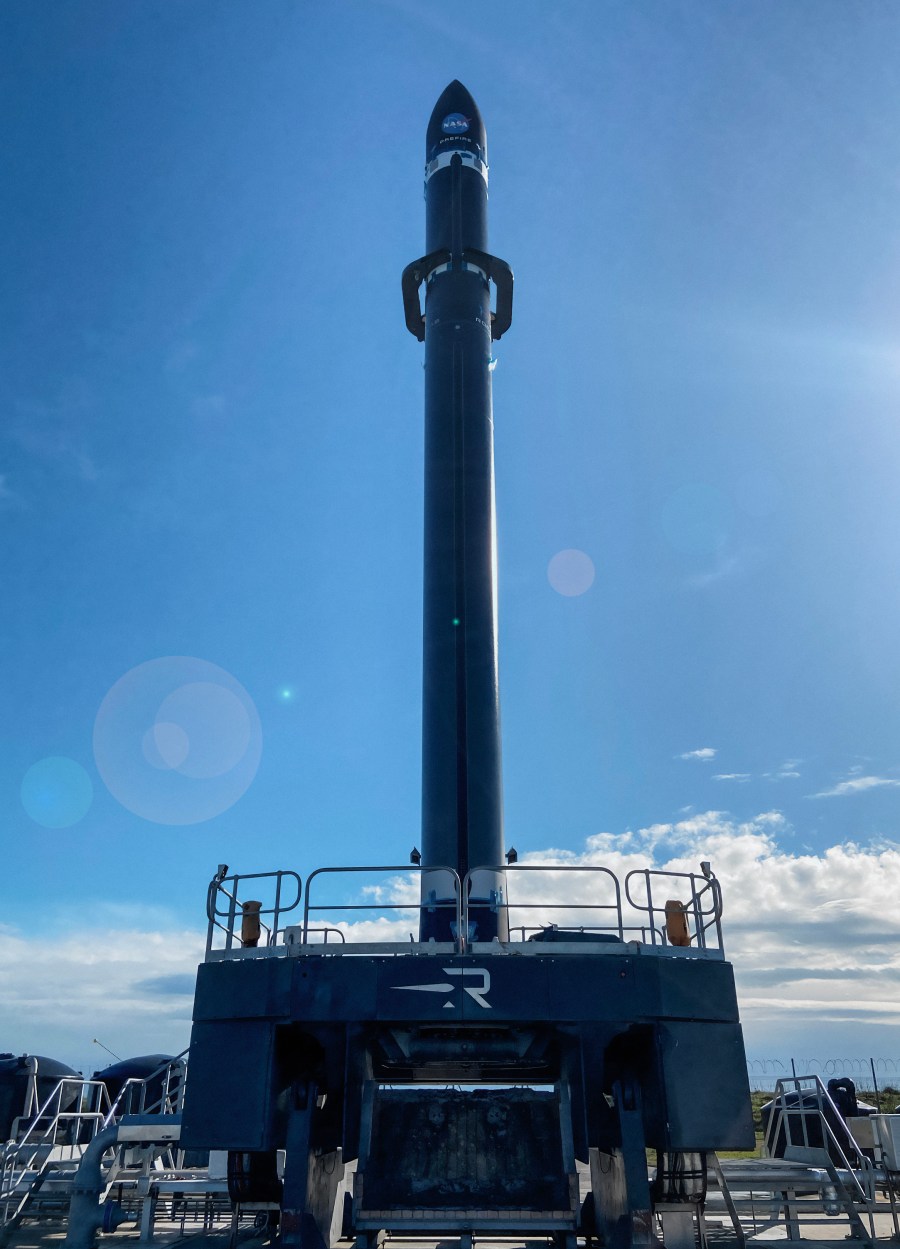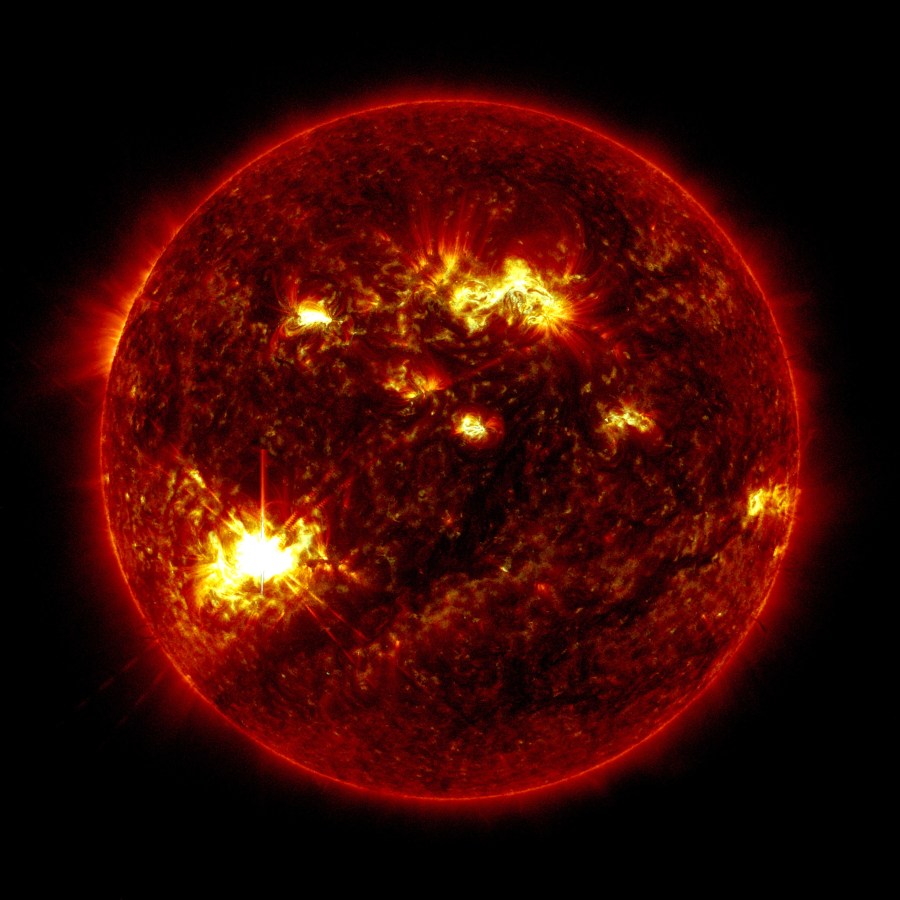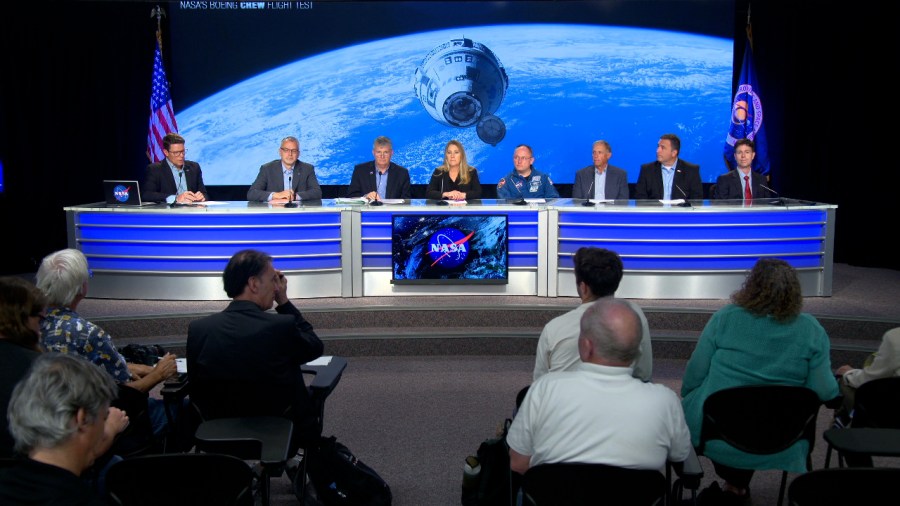After two holds in the countdown to the launch attempt, Rocket Lab has waived off the second launch for NASA’s PREFIRE (Polar Radiant Energy in the Far-InfraRed Experiment) mission. Rocket Lab will assess the situation and provide more information and a new launch date when it is available. Continue checking NASA’s small satellite missions blog …


























